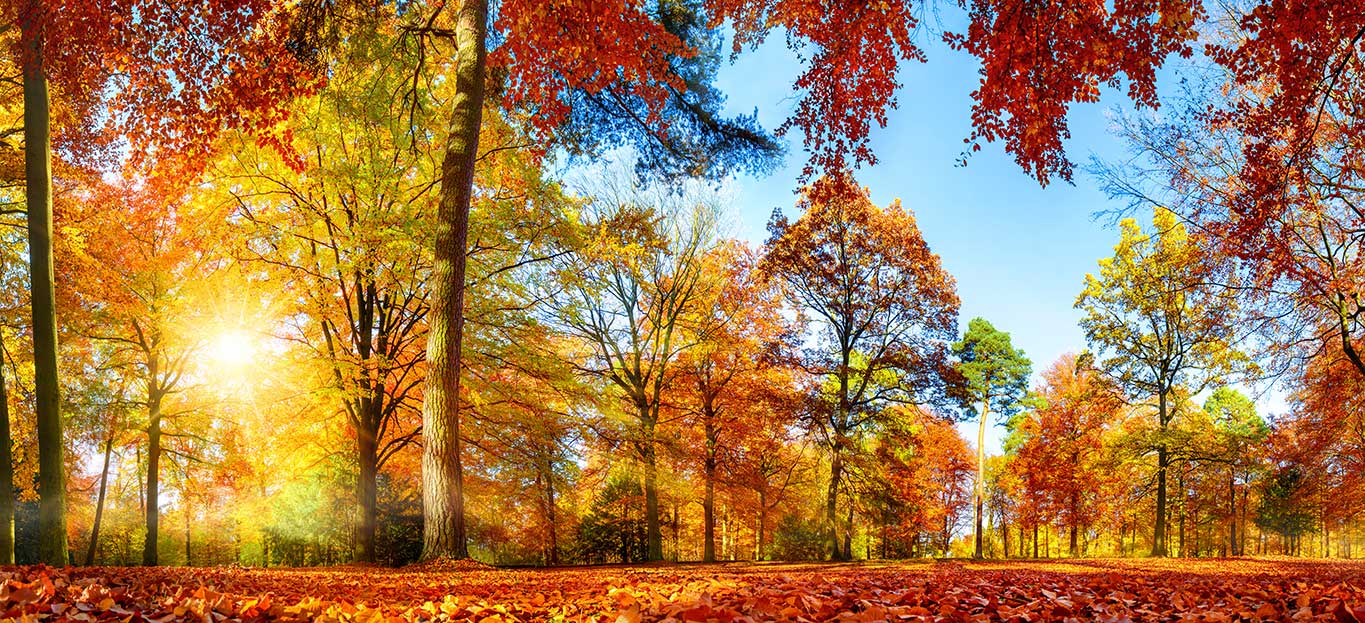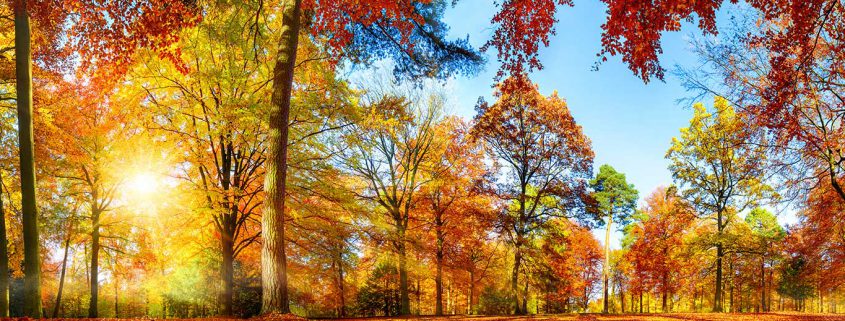Save Your Trees With These Tips! 3 Must-Know Tree-Pruning Tips to Keep in Mind
If you properly prune your trees, shrubs, and flowers, you will greatly enhance the look of your landscaping. And while proper pruning can do a lot to increase your curb appeal, you must keep in mind that improper pruning can do just the opposite. In fact, if you don’t know how to prune correctly, you should avoid doing it altogether. For those of you who want to tackle pruning your landscaping yourself, make sure you sharpen your pruning tools and follow these helpful tips.
Start in the winter
The best time to prune plants is during winter, preferably in February, depending on where you live. Plants are usually dormant during the winter, which means when you prune them, it won’t shock them. Heavy pruning should always be done in the winter, while minimal pruning and trimming can typically be performed any time of the year.
Cut branches correctly
If you’re cutting back to an intersecting branch — a lateral branch — make sure it forms an angle no larger than 45 degrees with the branch you want to remove. The diameter of the branch that you are cutting back to should be at least half the size of the branch you want to cut off. To help ensure water is prevented from collecting in the cut you make and to expedite healing, make slants when cutting. Also, when pruning, a woody plant needs to be “opened” to cut out some of the center growth; this allows you to cut back terminals all the way to the buds. Remember, you are cutting them back to the terminals that are pointing outward. If you are pruning thick and heavy branches, you will need to remove them flush with the collar that is found at the base of the branch. DO NOT remove them so that they are flush with the trunk. There is a chemically protective zone found in the area of tissue in the collar, which then helps prevent any serious trunk wounds from developing.
Topping versus thinning
Topping is generally not a recommended practice. This process involves cutting the top of a tree into unnatural shapes, such as completely flat or a dome-like. Unfortunately, it can negatively affect the structure and appearance of a tree because weakly attached branches that have grown back during regrowth can be severed during wind and rain storms. With this in mind, thinning is almost always recommended over topping. Thinning out a tree keeps the trees general shape while selectively cutting away unwanted branches.
Premier Tree Solutions can help. We specialize in a number of arboreal areas, including tree removal, tree trimming and pruning, storm damage reparation and cleanup, branch clearing and debris removal, stump removal and grinding, Bobcat work and more. If you need tree-related help this winter, either cleaning up after a tree incident or taking preventative measures to ensure cold weather doesn’t affect your yard, give us a shout. Let us know how we can help today at 404-252-6448 or contact us here.










